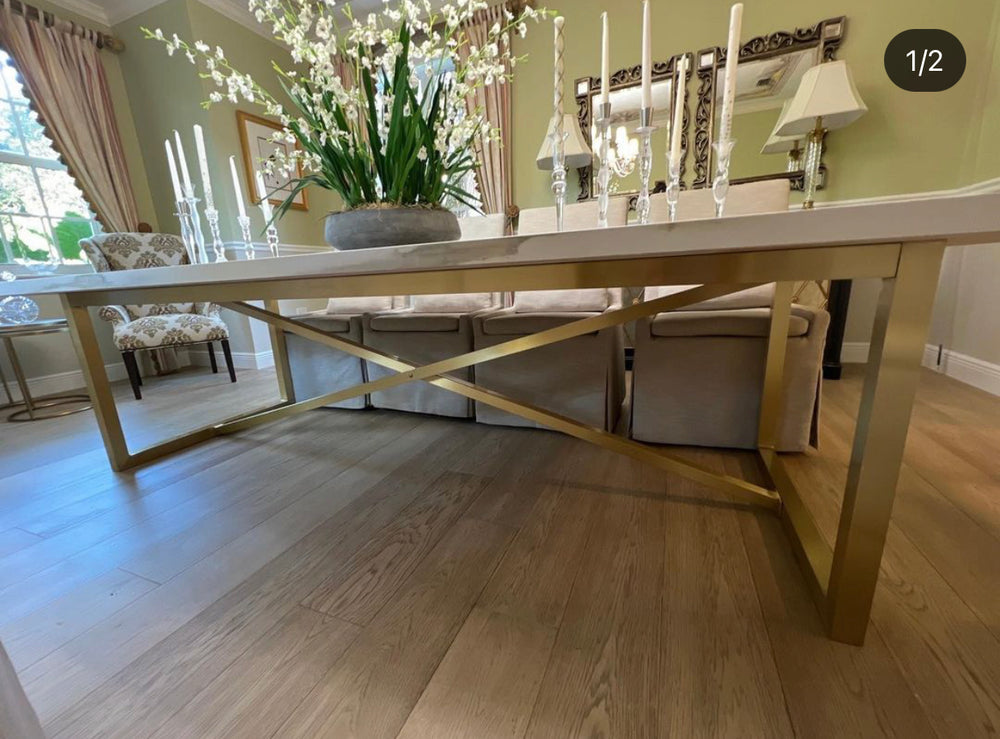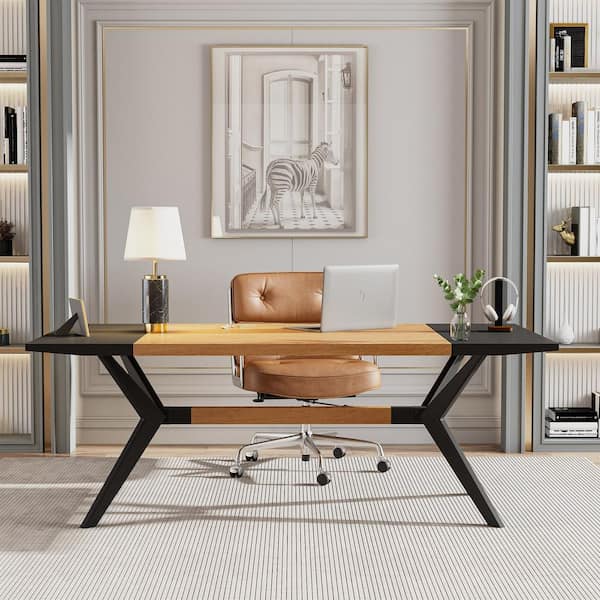Table Legs: Exactly How to Select the most effective Styles for Your Room
Picking the ideal table legs is vital for both visual and functional harmony in your dining space. Whether your space flaunts a sleek, contemporary ambiance or leans towards a more standard ambiance, the style of the legs can significantly influence the general look. Tapered legs radiate modern beauty, while turned legs use a nod to classic charm. Beyond design, the material-- be it cozy timber or smooth metal-- plays a critical function in establishing the tone. But just how do you make certain these components match your existing design while offering the needed security? The response depends on a balanced technique.
Evaluating Your Dining Space Design
Exactly how do you establish the most effective eating table legs for your area? The answer begins with a complete assessment of your dining-room style. A natural style makes sure that your table legs enhance the general visual as opposed to clash with existing elements. Begin by observing the building features of your dining-room. Exist noticeable features such as revealed beams, complex moldings, or minimal lines? These information usually dictate whether a typical, rustic, contemporary, or commercial style is most appropriate.
An eating space with sleek, contemporary chairs and metal accents may profit from easy, structured table legs. Alternatively, a room loaded with classic pieces and rich materials might call for elaborate, carved legs.
Big, open eating areas can accommodate heavier, much more considerable legs, whereas smaller sized areas require more delicate, inconspicuous designs. By thoroughly evaluating these elements, you can select dining table legs that sympathetically mix with your dining area's design.
Popular Leg Styles Clarified

One common design is the tapered leg, renowned for its smooth, modern appearance. This leg tightens inside out, offering a minimalist charm appropriate for modern and Scandinavian insides. Next off, the turned leg functions complex spindle-like layouts, often found in standard and farmhouse settings. These legs include a touch of craftsmanship and elegance.
Cabriole legs, with their distinctive contours, are associated with French Provincial and Queen Anne furniture. Their elegant, flowing lines bring a sense of refinement and historical charm (dining room table legs). For those favoring a robust and uncomplicated design, square legs give tough support and a tidy, geometric look, ideal for commercial or minimal rooms
Last but not least, barrette legs use a retro, mid-century modern ambiance. Made from steel, these legs are both lightweight and solid, including an one-of-a-kind aesthetic comparison to wooden table tops. Understanding these designs will certainly direct you in picking table legs that boost your space's visual and performance.
Material Considerations

Timber is a traditional alternative, understood for its heat and flexibility. It can be found in numerous varieties such as oak, walnut, and maple, each offering one-of-a-kind grain patterns and colors. Steel legs, usually made from stainless-steel, iron, or light weight aluminum, give a contemporary and commercial appearance while ensuring robust support. They are generally much more resistant to damage, making them a resilient option.

Various other products like bamboo or rattan use eco-friendly choices, bringing a natural and relaxed vibe to the eating area. Each material has its advantages and disadvantages, and the ideal option will certainly depend upon your specific requirements and preferences.
Balancing Aesthetics and Performance
Accomplishing the perfect balance in between appearances and functionality is go to my site essential when selecting eating table legs. While the aesthetic charm of table legs can dramatically enhance the total setting of a dining area, their useful facets can not be ignored. The design of the legs must harmonize with the space's décor, yet they should likewise provide ample assistance and security for the table.
Take into consideration the building style of your area. Sleek, modern-day interiors might gain from minimalist, steel legs that supply a tidy and unobtrusive appearance. On the other hand, typical setups commonly enhance turned or carved wooden legs that add a touch of beauty and elegance.
Performance incorporates the stability and toughness of the legs. Trestle legs, understood for their effectiveness, can offer strong support for larger tables, making them perfect for family members or regular artists. On the other hand, pedestal legs can offer more legroom and flexibility, permitting better seats plans
Additionally, the elevation and positioning of the legs are essential for comfy dining. Legs placed as well much internal might restrain seats, while those as well close to the side can restrict motion. Therefore, thoughtful factor to consider of both aesthetic and functional components is extremely important for an ideal dining experience.
Personalization and Do It Yourself Options
Modification opens a realm of opportunities for producing eating table legs that are uniquely customized to your preference and demands. Whether you look for a conventional, contemporary, or diverse appearance, personalized options read this post here allow you to pick the precise products, surfaces, and designs that ideal enhance your area. Personalized alternatives range from choosing the sort of wood-- click now such as oak, maple, or walnut-- to choosing metal surfaces like combed nickel or antique brass. Moreover, details style elements, such as turned legs, tapered shapes, or detailed carvings, can be incorporated to reflect your style.
For those likely in the direction of diy (DIY) tasks, producing custom-made table legs provides both a rewarding experience and the chance to accomplish a bespoke visual. Do it yourself enthusiasts can resource basic materials and use woodworking or metalworking tools to craft legs that satisfy specific specs. Furthermore, many on-line tutorials and workshops provide advice, making the procedure extra accessible for novices.
Inevitably, whether deciding for specialist personalization or beginning on a do it yourself venture, the capability to customize dining table legs ensures that the end product integrates with your interior decoration vision, enhancing both functionality and visual appeal.
Conclusion
Picking the ideal table legs requires cautious consideration of the overall style of the eating space, consisting of existing architectural attributes and furnishings. Recognizing popular leg styles and product alternatives is crucial for achieving a harmonious visual. Balancing looks with functionality guarantees stability and boosts the eating experience. Personalization alternatives additionally enable a customized style. Eventually, the selected table legs must complement the design, offering both visual allure and practical assistance.